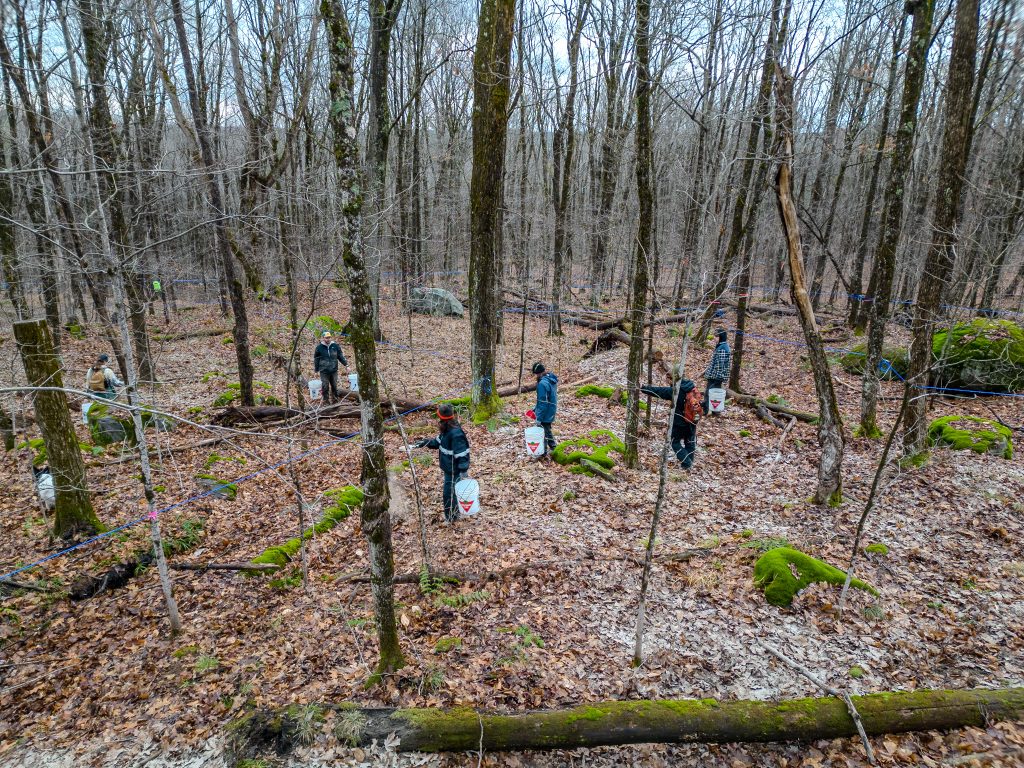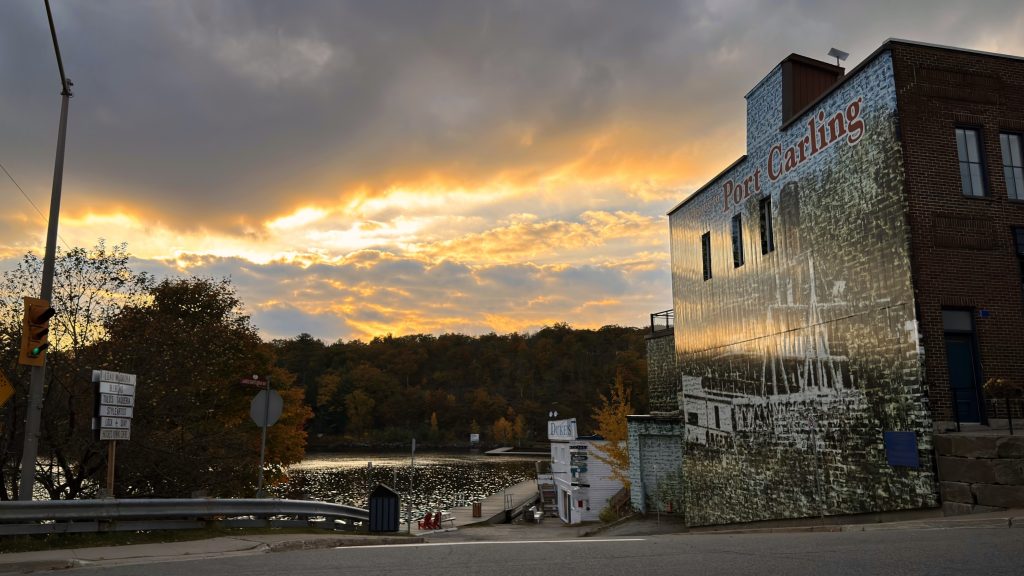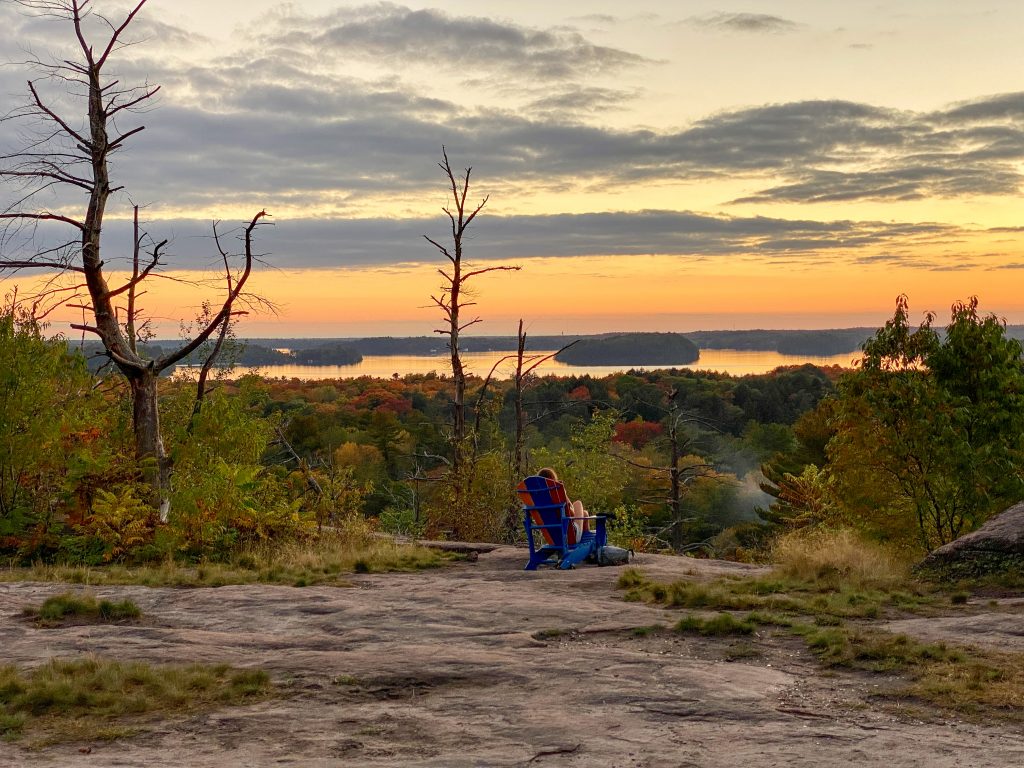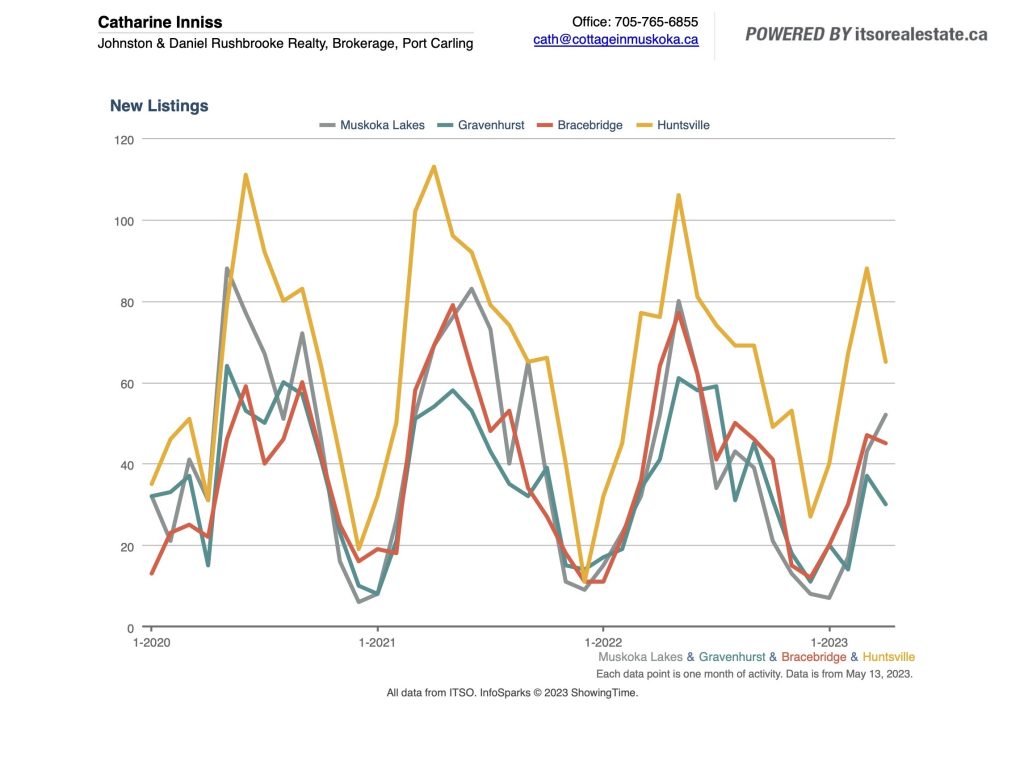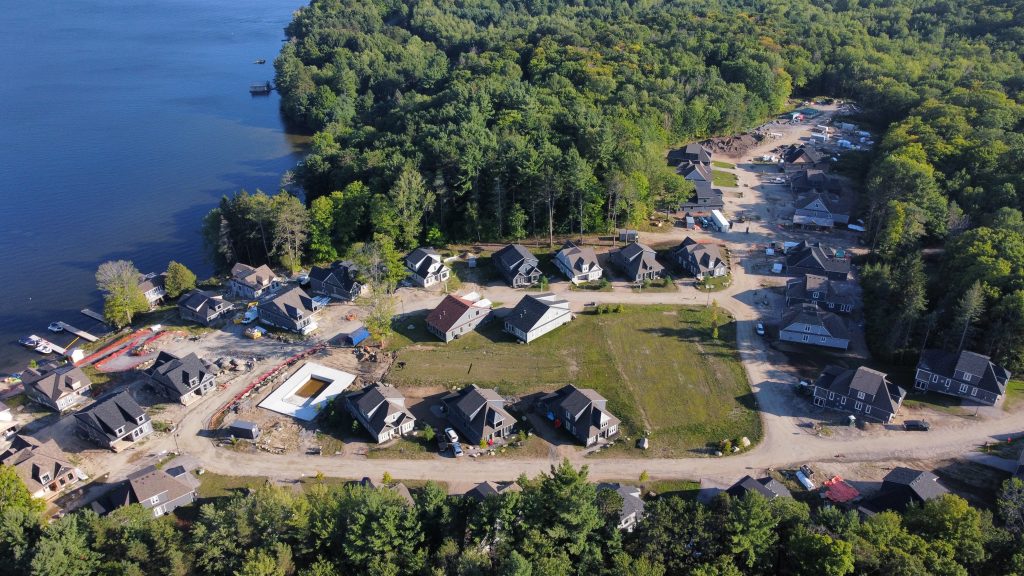
I was just reviewing some great, simple rules to follow to enjoy and use money well. These are rules shared by Brian Buffini. I follow these rules to the best of my ability.
I have found that Brian Buffini is a great coach. What makes a great coach? In my view, it is someone who has been there and is now sharing ideas and methods to be able to replicate the success that they have had.
Brian is someone who started out poor and broke and quickly realized that broke is a state of your bank account and can be temporary. Poor is a state of mind and one needs to change that with education.
So here are some ideas to secure your financial future:
- Understand yourself and understand that you are not alone. Over 80% of people avoid thinking and talking about money. They are afraid of managing money and afraid to look at where they stand because they don’t have a plan and are afraid of losing their money. Trust me – it ends up being much scarier not to look.
- People worship money. They spend a lot on lottery tickets – and the odds are so much better betting on yourself.
- Change how you feel about yourself. Your status is who you are, not what you have. So that takes some internal work. But trust me, it feels great to nurture yourself in the right way. Fill the hole with good thinking, not money. Feel good about yourself.
- Secrecy – embarrassment and shame. You have made mistakes. Your biggest mistake is thinking that you are alone. People in the Financial Services industry say that you would be surprised at how many people avoid looking at their financial situation and taking the reins. You are definitely not alone! And not embracing your finances creates conflict with your partner, if you have one.
- Confusion. How much advice is out there? And how many sources are credible. You have to think of what the net worth of the person who is providing advice happens to be. Are they just making money from writing the book, or do they have a healthy and thriving net worth?
- Follow a high performance mindset – Knowledge is power and ignorance is bankruptcy.
- Money is a tool to be respected. It is just a tool, but you need to know how to take care of it, and how to use it.
- You need to have a grounded identity. Money cannot buy character.
- Clarity and alignment – what do you want money to do for you and is it aligned with your values? How are you spending your time and what do you believe. Take the time to figure this out, so you don’t end up in the wrong destination.
- You need a path to follow. Run on the right track.
STRATEGIES FOR STABILITY
Defensive and Offensive
Defensive:
- Working home budget to pay down debt, will, automatic savings and one month reserve.
Offensive:
- Invest in yourself, build equity in your home, establish your retirement fund.
The former stability strategy stays in place for the rest of your life, no matter how wealthy you become. It is your platform for stability and security.
STRATEGIES FOR SUCCESS
Defensive and Offensive
Defensive:
- Go from reducing your consumer debt, to having no consumer debt, automatic savings, and three to six months reserve. Fully fund your retirement fund.
- Learn to live on 70% of what you make, save 10%, give 10%, invest 10%.
Offensive:
- Get to 50% equity in your home at least.
- Increase your revenue. Figure out how to make more money. Promotion at work, a side gig, real estate investments, (67% of millionaires made their money investing in real estate), stocks and bonds.
STRATEGIES FOR SIGNIFICANCE (Giving back)
Defensive and Offensive
Defensive:
- All real estate holdings paid off. Your real estate is safe from repossession if it is paid for.
- Establish a trust.
- Have passive income to support you until you are 100 years old.
Offensive:
- Give money and time to charities and causes that you are passionate about. Time first, money second.
- If you own a business, set it up so that it is true legacy.
I think Brian Buffini has some great, tried and true ideas. What do you think?
A good accountant can help you set this up. Please let us know if you need a referral to an accountant.






















